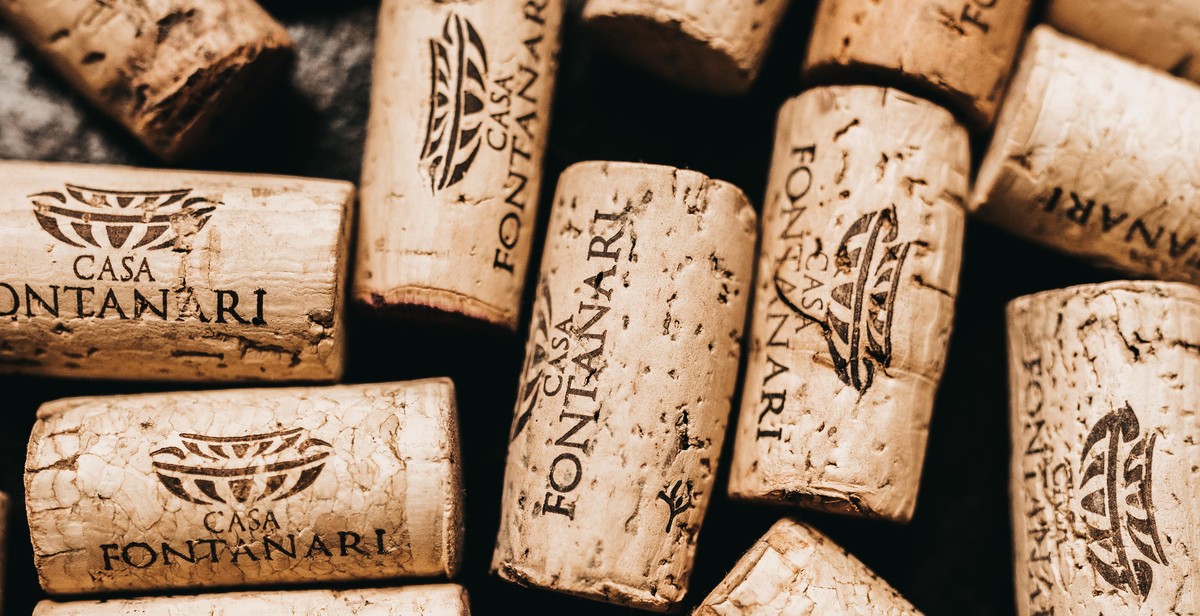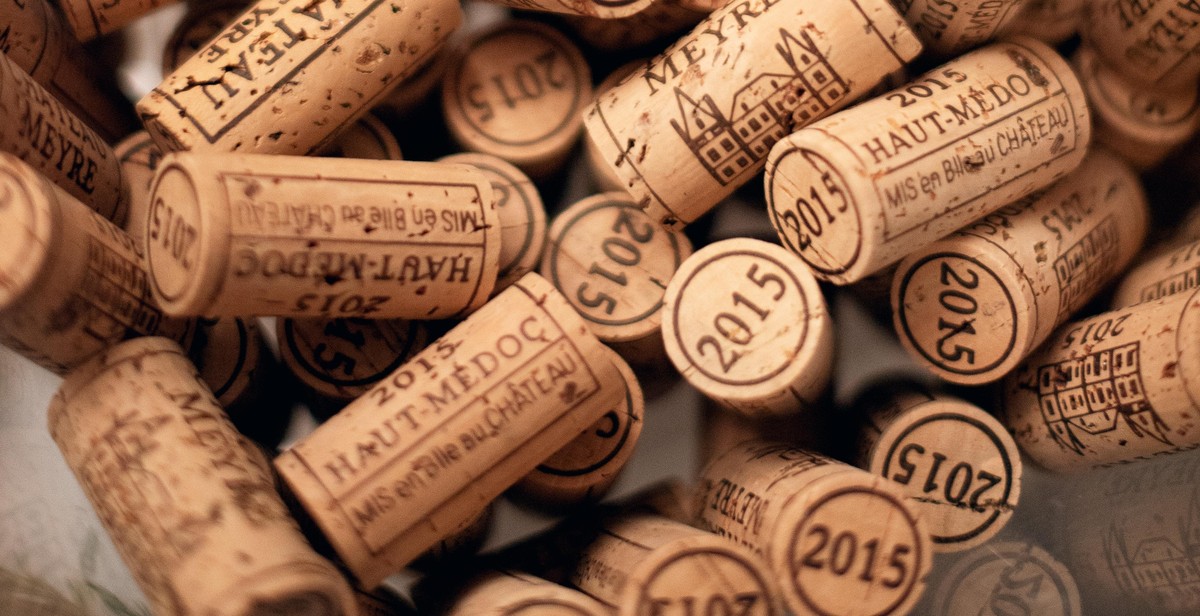How to Read Wine Labels: Understanding the Information and Terminology
Wine labels can be confusing to understand, especially if you’re new to the world of wine. However, understanding wine labels is essential if you want to make informed decisions about the wine you purchase. Wine labels contain a wealth of information about the wine, including the grape variety, region, vintage, and producer.
In this article, we will break down the different parts of a wine label and explain what they mean. You’ll learn how to identify the grape variety, the region where the grapes were grown, and how to interpret the vintage. We’ll also cover important terminology, such as alcohol content, acidity, and sweetness levels.
Understanding wine labels will not only help you choose the right wine for your tastes, but it will also give you a greater appreciation for the wine you’re drinking. Whether you’re a novice or an experienced wine drinker, this guide will help you navigate the world of wine labels with confidence.

Why Understanding Wine Labels is Important
Understanding wine labels is crucial when it comes to making informed purchases and avoiding disappointments. Wine labels contain important information about the wine, including its origin, grape variety, alcohol content, and vintage year. By understanding this information, you can determine whether a wine is suitable for your taste preferences and occasion.
Avoiding Disappointments
One of the main reasons why understanding wine labels is important is to avoid disappointments. Without knowledge of wine labels, you may end up buying a wine that you do not like or that does not meet your expectations. For example, you may buy a wine that is too sweet or too dry for your taste, or a wine that is not suitable for the occasion.
By understanding wine labels, you can avoid these disappointments by selecting wines that match your taste preferences and occasion. For example, if you prefer dry wines, you can look for wines that have the word “dry” on the label. If you are looking for a wine to pair with a particular dish, you can look for wines that are recommended for that pairing.
Making Informed Purchases
Another reason why understanding wine labels is important is to make informed purchases. Wine labels contain valuable information about the wine, such as its origin, grape variety, and vintage year. By understanding this information, you can determine the quality and value of the wine, and whether it is worth the price.
For example, wines from certain regions or grape varieties may be more expensive than others, but they may also be of higher quality. Similarly, wines from certain vintage years may be more valuable than others, depending on the weather conditions during that year. By understanding these factors, you can make informed purchases that are worth the price.
| Information | Importance |
|---|---|
| Origin | Determines the quality and style of the wine |
| Grape variety | Determines the flavor and aroma of the wine |
| Alcohol content | Affects the body and texture of the wine |
| Vintage year | Affects the quality and value of the wine |
Overall, understanding wine labels is essential for anyone who enjoys wine. By understanding the information and terminology on wine labels, you can avoid disappointments and make informed purchases that are worth the price. So the next time you go to buy a bottle of wine, take the time to read the label and understand what it means.

The Basic Information on Wine Labels
Wine labels provide essential information about the wine, including the wine name, type, vintage year, and alcohol percentage. Understanding these details can help you choose the right wine for your occasion and taste.
Wine Name
The wine name is typically the most prominent feature on the label. It can be the name of the grape variety or the name of the winery. Some wines have fanciful names that may reflect the region or the winemaker’s inspiration. The wine name can give you a general idea of the wine’s flavor and style.
Wine Type
The wine type indicates the color of the wine and the grape variety used to make it. The three main types of wine are red, white, and rosé. Red wines are made from red or black grapes and have a rich, full-bodied flavor. White wines are made from green or yellow grapes and have a lighter, crisper taste. Rosé wines are made from red grapes but have a pink color and a fruity flavor.
Vintage Year
The vintage year indicates the year the grapes were harvested to make the wine. The vintage year can affect the wine’s taste and quality, as the weather conditions during the growing season can impact the grapes’ ripeness and flavor. Some wines are labeled as non-vintage, which means they are a blend of grapes from different years.
Alcohol Percentage
The alcohol percentage indicates the amount of alcohol in the wine by volume. Most wines have an alcohol percentage between 11% and 14%, but some wines can have a higher percentage. The alcohol percentage can affect the wine’s flavor and body, with higher percentages producing a fuller, richer taste.
| Wine Name: | Cabernet Sauvignon |
|---|---|
| Wine Type: | Red Wine |
| Vintage Year: | 2018 |
| Alcohol Percentage: | 13.5% |

Understanding Wine Label Terminology
Appellation
The appellation is the geographical location where the grapes used to make the wine were grown. This information is important because it can give you an idea of the climate and soil conditions that the grapes were grown in, which can affect the flavor of the wine. For example, if a wine is labeled as coming from the Napa Valley appellation, you can expect it to have a different flavor profile than a wine from the Bordeaux appellation.
Varietal
The varietal is the type of grape that was used to make the wine. This information is important because different grape varieties have different flavor profiles. For example, Cabernet Sauvignon is known for its bold and tannic flavors, while Pinot Noir is known for its lighter and more delicate flavors. If a wine is labeled as a single varietal, it means that at least 75% of the wine is made from that grape variety.
Reserve
The term “reserve” on a wine label has no legal definition in the United States, but it is generally used to indicate a higher quality wine that has been aged longer than the winery’s other wines. However, some wineries use the term “reserve” as a marketing tool, so it’s important to do your research before assuming that a wine labeled as “reserve” is of higher quality.
Estate Grown
The term “estate grown” on a wine label means that the grapes used to make the wine were grown on the winery’s own property. This information is important because it can give you an idea of the quality of the grapes used to make the wine. Wineries that grow their own grapes have more control over the growing process and can ensure that only the best grapes are used in their wines.
| Term | Definition |
|---|---|
| Appellation | Geographical location where the grapes were grown |
| Varietal | Type of grape used to make the wine |
| Reserve | Term used to indicate a higher quality wine that has been aged longer than the winery’s other wines |
| Estate Grown | Grapes used to make the wine were grown on the winery’s own property |

Decoding Wine Label Designations
Understanding wine label designations can be a daunting task, especially for those new to the world of wine. However, once you know the basics, deciphering wine labels becomes much easier. Wine label designations can be broken down into two categories: Old World Wines and New World Wines.
Old World Wines
Old World Wines are wines that come from countries with a long history of winemaking, such as France, Italy, and Spain. These wines are typically labeled based on the region where they were produced, rather than the grape variety used. For example, a bottle of French wine might be labeled as “Bordeaux” or “Champagne,” rather than “Cabernet Sauvignon” or “Chardonnay.”
Old World Wines may also include additional designations on the label, such as:
- Appellation: A specific geographic area where the grapes were grown.
- Chateau: A French term used to designate a wine estate.
- Cru: A French term used to designate a vineyard or group of vineyards.
- Grand Cru: A French term used to designate the highest quality vineyards.
New World Wines
New World Wines are wines that come from countries with a shorter history of winemaking, such as the United States, Australia, and Chile. These wines are typically labeled based on the grape variety used, rather than the region where they were produced. For example, a bottle of Californian wine might be labeled as “Cabernet Sauvignon” or “Chardonnay,” rather than “Napa Valley” or “Sonoma County.”
New World Wines may also include additional designations on the label, such as:
- Vintage: The year the grapes were harvested.
- Alcohol by Volume (ABV): The percentage of alcohol in the wine.
- Winemaker: The name of the person who made the wine.
- Brand: The name of the winery or wine company.
| Old World Wines | New World Wines |
|---|---|
| Labeled by region | Labeled by grape variety |
| Appellation, chateau, cru, or grand cru designations | Vintage, ABV, winemaker, or brand designations |

Conclusion
Reading wine labels can seem intimidating at first, but with a little bit of knowledge, anyone can decipher the information and terminology. Understanding the region, vintage, grape varietal, and alcohol content can help you make more informed decisions when selecting a bottle of wine. Additionally, paying attention to the label’s design and style can provide clues about the wine’s taste and quality.
It’s essential to remember that wine labels are regulated, and the information provided is required by law. However, not all labels are created equal, and some may provide more information than others. It’s always a good idea to research the producer and the wine before making a purchase to ensure that it aligns with your taste preferences and budget.
Overall, reading wine labels is an enjoyable and educational experience that can enhance your appreciation for the wine you’re drinking. Whether you’re a seasoned wine enthusiast or a beginner, taking the time to read and understand wine labels can help you make the most of your wine-drinking experience.
| Key Takeaways: |
|---|
|
So, next time you’re at the wine store, take a moment to read the label and discover the story behind the wine in your glass. Cheers!
